Summary
- Mandatory task: no
- Word count: around 100 words
- Main characteristics: interesting/engaging language, clear structure, specific language
- Structure: beginning, main part, ending
- Language: interesting adjectives & adverbs, past verb forms, direct speech, time expressions
- Example
As the plane flew lower, Lou saw the golden beaches of the island below. The sun was shining brightly and he said to the woman next to him, “I’m so excited about my holidays!”
As soon as Lou got off the plane he left the airport and took a taxi to the city centre because he really wanted to swim in the clear water and sunbathe on the beautiful beach he had seen earlier.
However, when he arrived at the beach he saw that the weather was changing and five minutes later it was raining heavily. Lou ran into a bar and was surprised because someone shouted, “Hi, it’s you again!”
There was the woman from the plane! They started to talk and became very good friends.
Introduction
Part 1 of the the Writing exam in B1 Preliminary is always an email. You can’t choose this task, but in the second part of the test you can decide if you want to write an article or a story.
In every story task you get one sentence which has to be the first sentence of your story and the text has to be related to this. Your language should be neutral to informal.
>>> Find out how to write an amazing email for PET here. <<<
>>> For great information on PET article writing click here. <<<
What does a typical story task look like?
Whenever you get ready for a writing task in the PET exam, you need to think about a few questions. These questions help you understand the task better and make a plan for your story.
- What is the situation?
- What do I have to include in my story?
- Who is going to read my story?
Let’s have a look at a typical example task and see how we can answer the questions above.

You can see that there isn’t a lot of information, but we still have to check the task very carefully so we know exactly what to do.
In the given sentence a person called Lou is on a plane flying over an island and he’s looking at the beaches. The plane is going lower so it might be getting ready to land. This is the situation you have to start your story from and everything you write has to be related to this beginning.
The second question is a little bit more open than the first one because you can pretty much write about anything you like. The only restriction, again, is the first sentence and the situation that comes with it. You can make your story funny, sad, full of action or fantasy and include whatever you can imagine, but connect it to the first sentence.
Last but not least, your English teacher is going to read your story. In other writing tasks you need to be very careful with your language, but in a story you are freer. You decide if your characters use very formal English or if they are informal. Just remember, don’t use rude language or words that are not in the dictionary.
You see, there is a lot of freedom that you have when you write a story, but, at the same time, you have to make sure that you focus on the topic in the first sentence and that you are careful with your language because the rules are not as strict as in an email or article.
How to organise your story
The good thing about B1 Preliminary writing tasks is that you can always organise them in the same way. It is a little bit like a good cooking recipe because it works every time.
A good story usually has a beginning, a main part and an ending. The main part is the most important one so you want make it longer than the other parts. Most of the time, we get to a structure that looks like this:
- First sentence / Beginning
- Main part paragraph 1
- Main part paragraph 2
- Ending
Of course, you might have three main part paragraphs, but in most tasks the structure with only two works very well.
Always plan your story
If you start to write your story without thinking about it first, you might run into some big problems. You can’t really change everything once you’ve started because you only have 45 minutes to write your story AND an email.
That’s why you should always make a plan. Use the structure above and just add a few ideas so it works like a map. You will know exactly where your story is going and you only have to worry about using good language.
The different parts of a story
Now, we are going to find out what the different parts of a story typically look like and I will give you some useful tips about good language that will help you get good marks.

First sentence / Beginning
As I said above, in a PET story you always have to start with a sentence that you get directly from the task. Don’t change this sentence in any way, but simply copy it onto you answer sheet and begin your story from there.
I recommend adding one more sentence to complete the beginning of your story. For our example task this could look like this:
As the plane flew lower, Lou saw the golden beaches of the island below. The sun was shining brightly and he said to the woman next to him, “I’m so excited about my holidays!”
When we look at the first sentence from the task, there are a couple of things that are not 100% clear. For example, why was Lou on the plane? What island did he see? Why did the plane fly lower? In my second sentence I tried to make things a little bit clearer. Lou was on his way to spend his holidays on the island and the plane was getting ready for landing.
In terms of good language, I used past continuous (was shining), which we use to say what was happening in the background or at the same time as our main events. I also included an adverb (brightly) and an adjective (golden), which makes an action more interesting, and there is some direct speech (“I’m so excited about my holidays!”). This brings the reader closer to the characters compared to indirect or reported speech.
Always try to make sure to set the scene. Give some background information (past continuous) to introduce the main character(s). Add some adjectives and adverbs as well as direct speech because this makes the reader feel more interested in your story and they want to keep reading.
Main paragraphs
Once we set the scene, we can move on to the main part of the story. Here, we try to develop the plot and all the main events happen in these paragraphs. You can decide how many paragraphs you want to make, but in general you should be fine with two or three of them.
For our example task I chose two paragraphs:
As soon as Lou got off the plane he left the airport and took a taxi to the city centre because he really wanted to swim in the clear water and sunbathe on the beautiful beach he had seen earlier.
However, when he arrived at the beach he saw that the weather was changing and five minutes later it was raining heavily. Lou ran into a bar and was surprised because someone shouted, “Hi, it’s you again!”
I tried to let the plot grow a little bit in my first main paragraph and, at the same time, create some excitement for the reader. Lou wants to go to the beach, but when I use the word ‘however’ to start the second paragraph, it is clear that something must be wrong. Finally, I end my main paragraphs with a mysterious voice calling for Lou in the bar. The reader wants to know how the story ends.
For useful language, you can find some time expressions (as soon as, when, five minutes later) as well as past perfect and past continuous (had seen, was changing, was raining). These verb forms help us to give extra information around the main events of the story. In addition, there are interesting adjectives (clear, beautiful, surprised) and adverbs (really, heavily). Once again, these words help us make our story more interesting for the reader.
It is also a good idea to use some contrast (however) and surprising elements (someone shouted) in your story because, again, you want to make the story as interesting as possible.
Ending
Every good story has an ending. In PET, you want to finish your story in a surprising and/or funny way so the reader is happy.
Make sure that the ending is connected to the topic. Don’t introduce new characters or let the story move in a completely different direction. Just write one or two last sentences and that’s it.
In my example story I wrote this:
There was the woman from the plane! They started to talk and became very good friends.
It’s a short ending with a little surprising element (the woman from the plane). It is nothing special or crazy, but it brings the whole story together in a nice way. That’s all you have to do to make the examiner happy and get great marks.
Useful language for PET story writing
In this part I’m going to give you a summary of the different types of useful language for your Cambridge B1 story.
Past verb forms
Past simple, past continuous and past perfect are the three most important verb forms when you write a story.
- Past simple describes the main events of your story.
- Past continuous describes what was happening at the same time as the main events.
- Past perfect describes what happened before the main events.
Study these verb tenses and practise as much as you can.
Time expressions
Time expressions put the events of your story in a sequence. When you use them in the right way, the reader understands what happened first and the sequence of events.
Some examples of time expressions that you can use in almost every story are:
- when
- as soon as
- immediately
- before
- earlier
- until
- while
- after that
- next (day/morning etc.)
- x minutes/days/years later
Use one or two of these in every paragraph so the examiner is happy and gives you high marks. 🙂
Adjectives and adverbs
Adjectives and adverbs are like different spices in your food. Without them everything tastes a little bit boring so we want to make it as flavourful as possible. Just as with time expressions, always think about where you can use adjectives and adverbs to describe a person, an object, a place or an action in more detail.
Look again at my story with all the adjectives and adverbs highlighted:
As the plane flew lower, Lou saw the golden beaches of the island below. The sun was shining brightly and he said to the woman next to him, “I’m so excited about my holidays!”
As soon as Lou got off the plane he left the airport and took a taxi to the city centre because he really wanted to swim in the clear water and sunbathe on the beautiful beach he had seen earlier.
However, when he arrived at the beach he saw that the weather was changing and five minutes later it was raining heavily. Lou ran into a bar and was surprised because someone shouted, “Hi, it’s you again!”
There was the woman from the plane! They started to talk and became very good friends.
You see that I didn’t overuse adjective and adverbs, but two or three in every paragraph are already going to improve your story a lot.
Direct speech
Direct speech describes the things that somebody actually says in that moment. We always use quotation marks (“) to show that we are using direct speech.
Used in a story it gives the reader the feeling of being closer to the action and the characters feel more alive. Always try to have a couple of sentences in direct speech in your stories.
My examples are:
- …he said to the woman next to him, “I’m so excited about my holidays!”
- …someone shouted, “Hi, it’s you again!”
Practise makes perfect
It is now your turn to practise story writing. Don’t wait until it is too late. With every story you write you will feel more confident and ready for the exam. Practise the different kinds of useful language and step by step you will improve.
I hope my article will help you and if you enjoy my content, leave a comment and let me know what you think.
Lots of love,
Teacher Phill 🙂

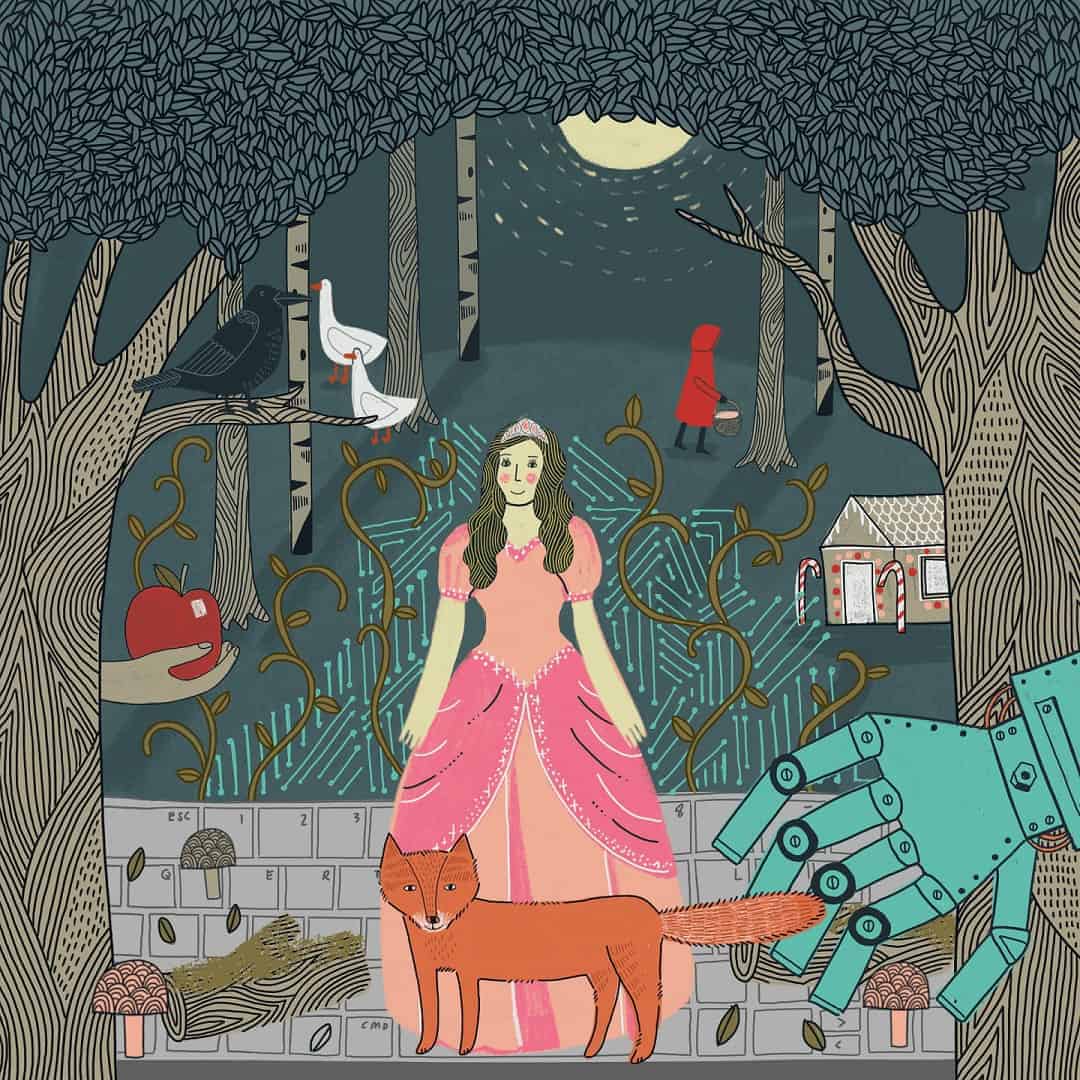
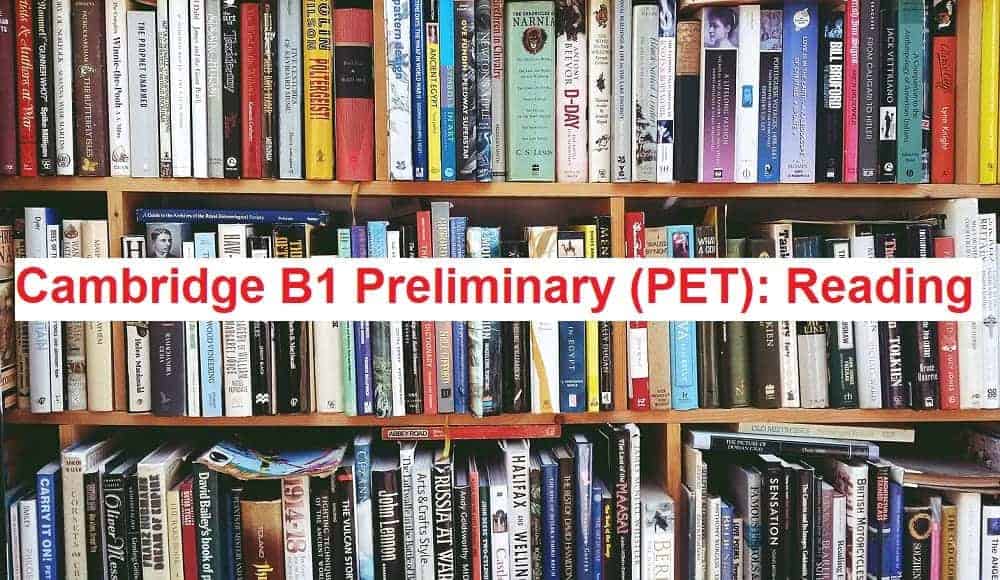
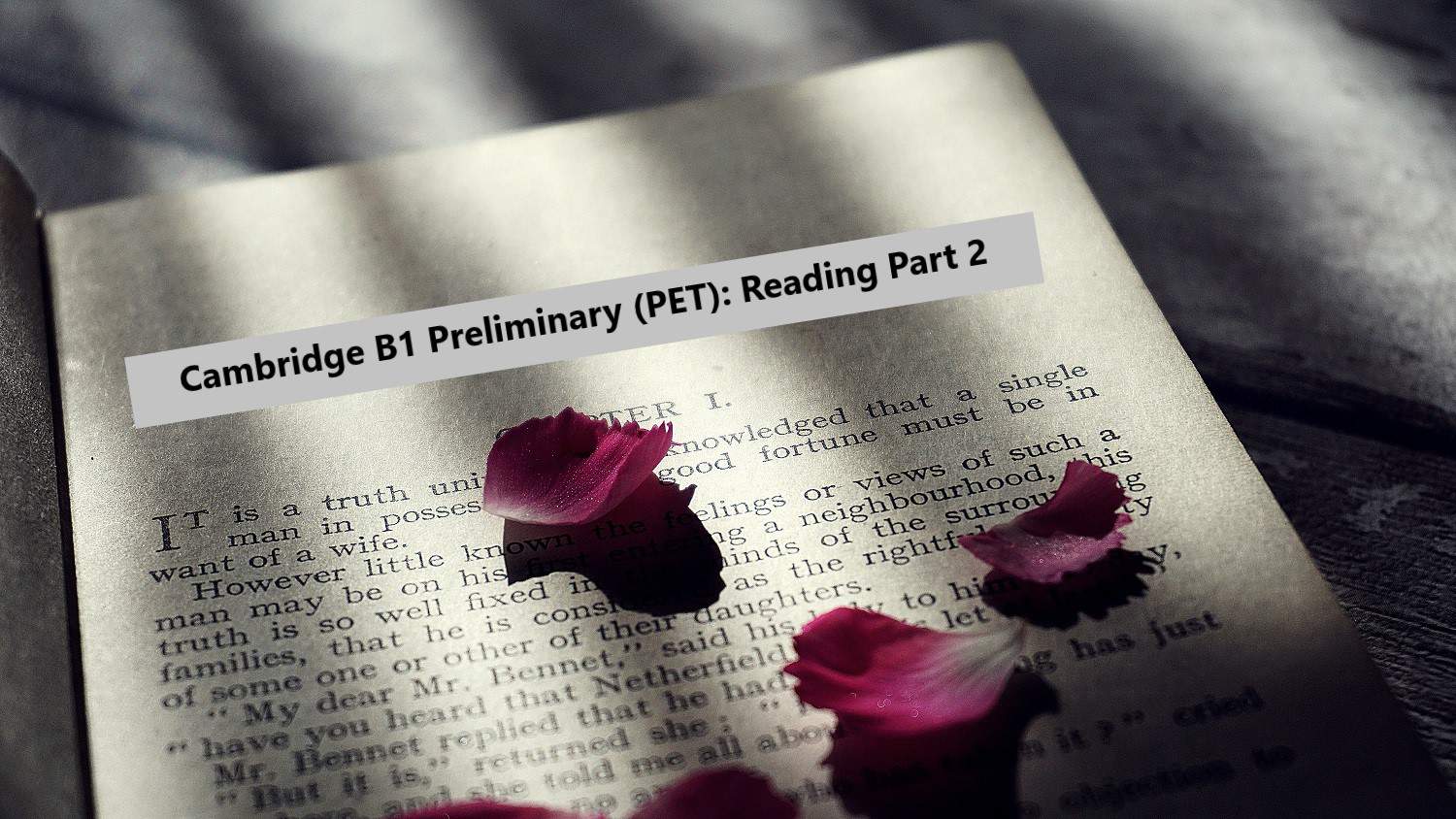
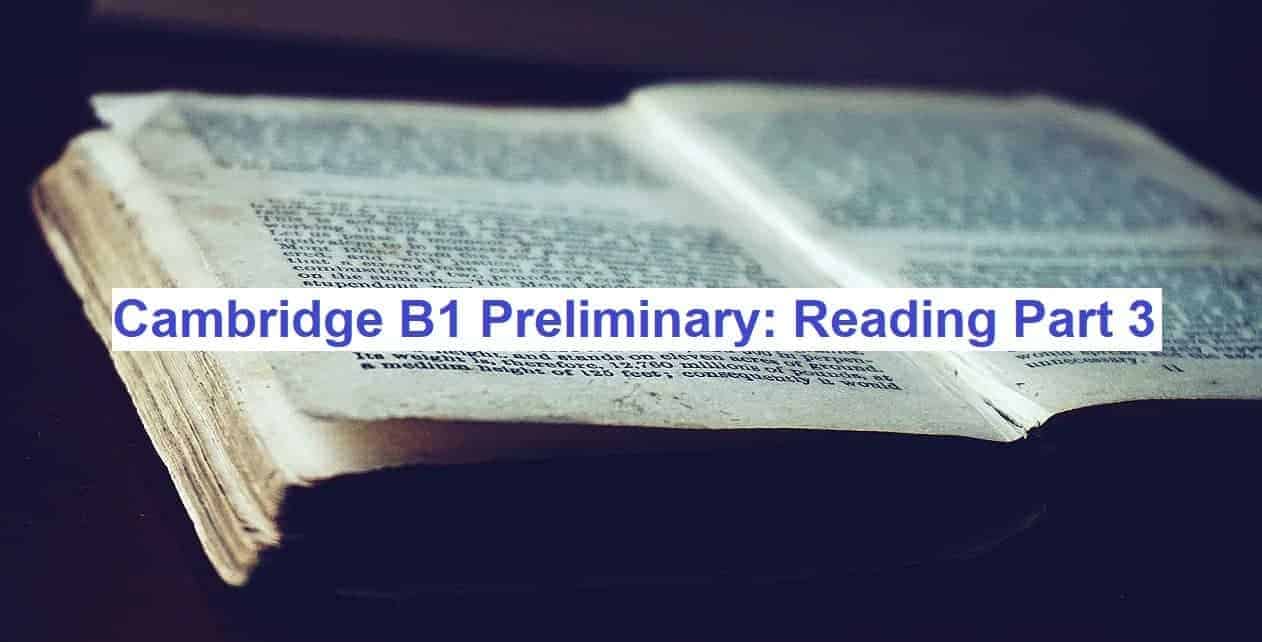
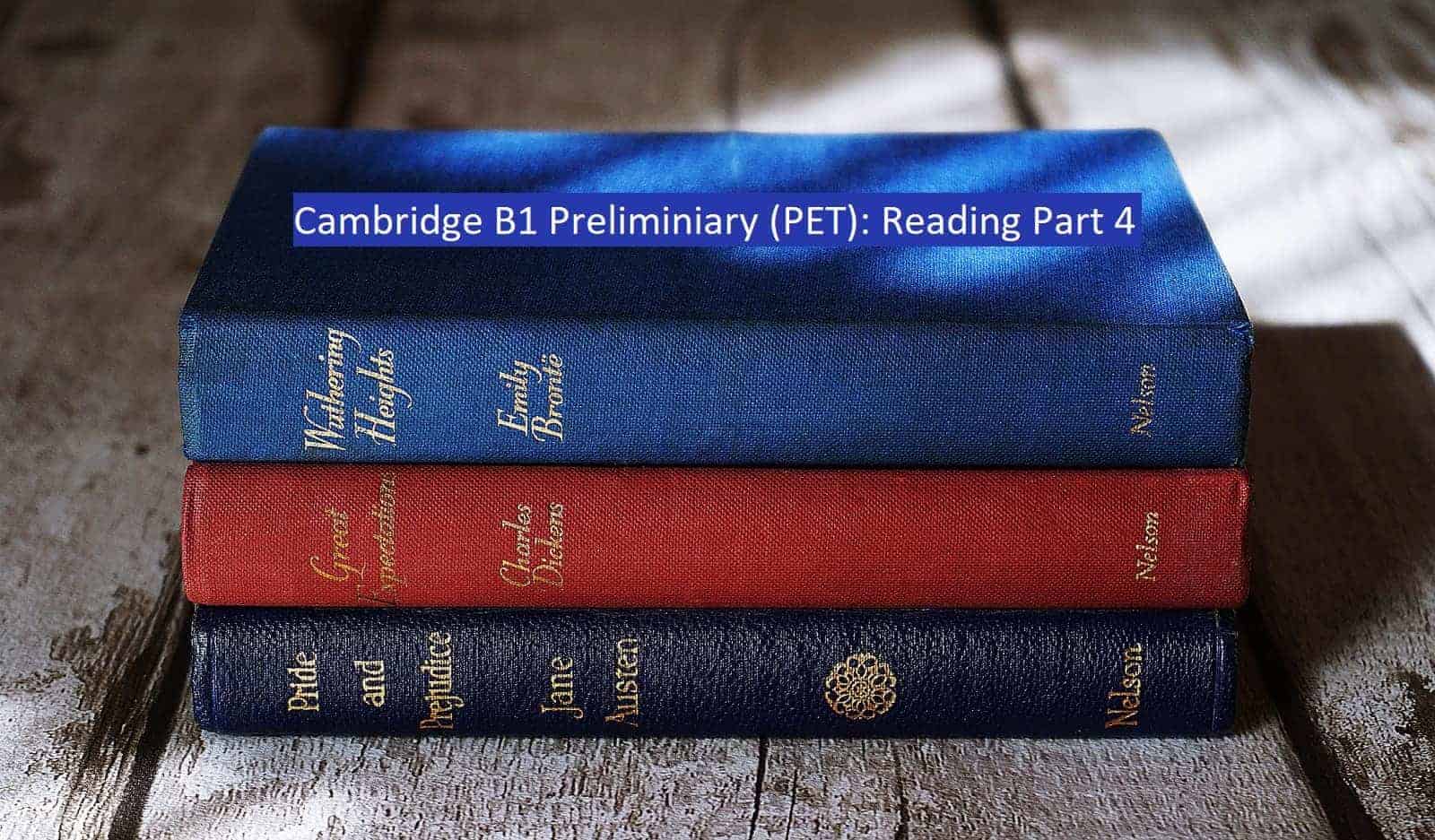
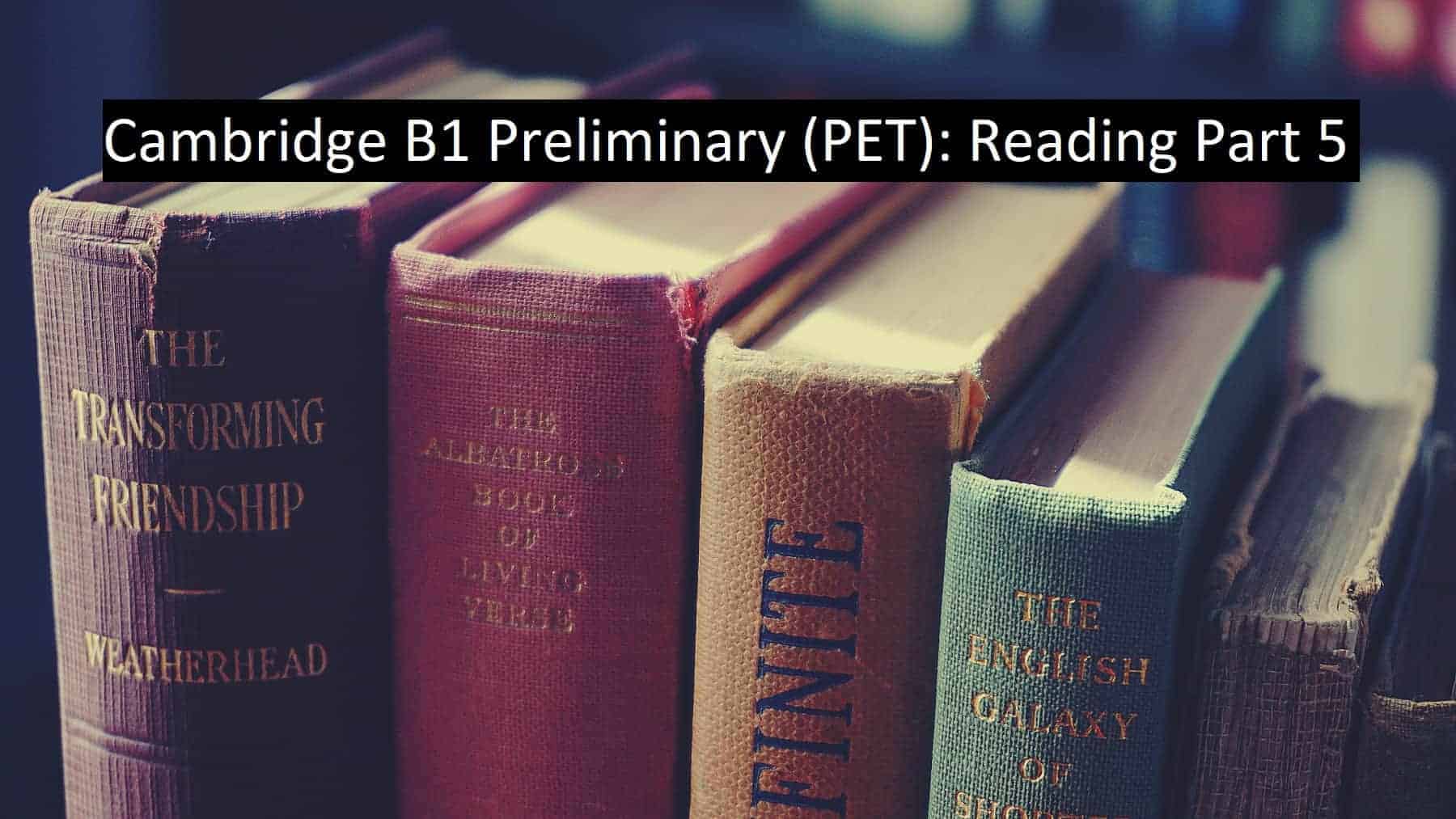
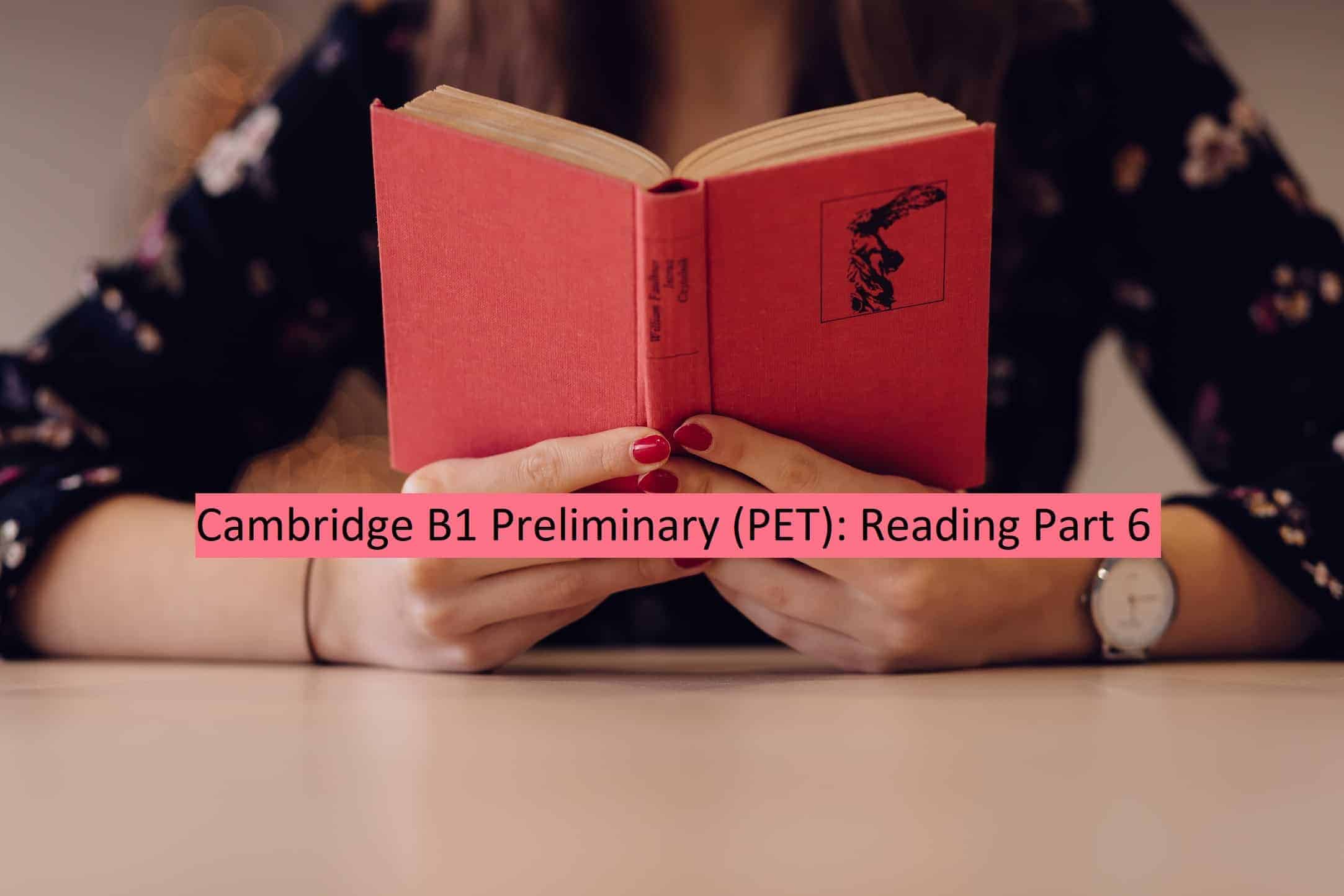

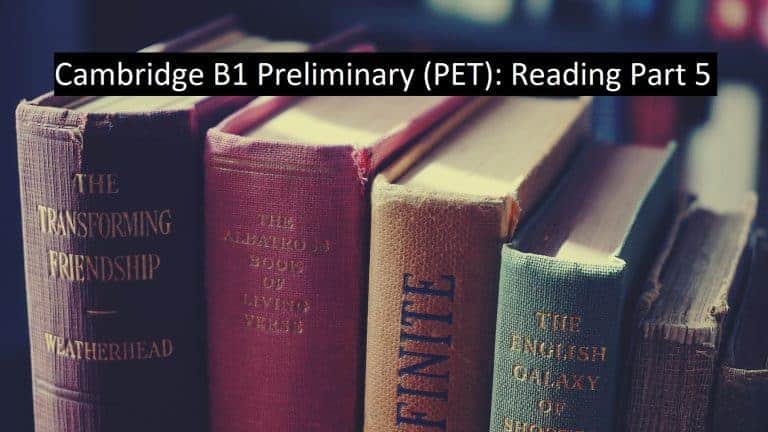

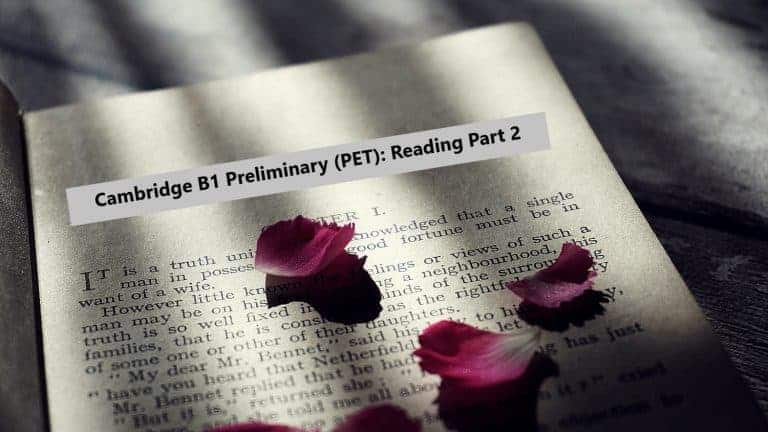
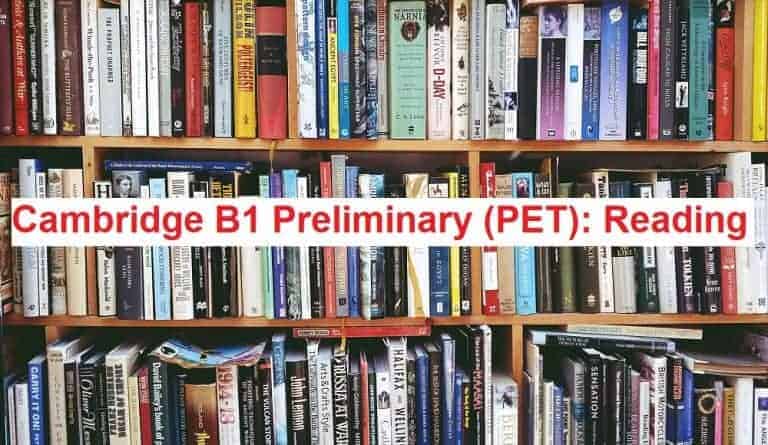
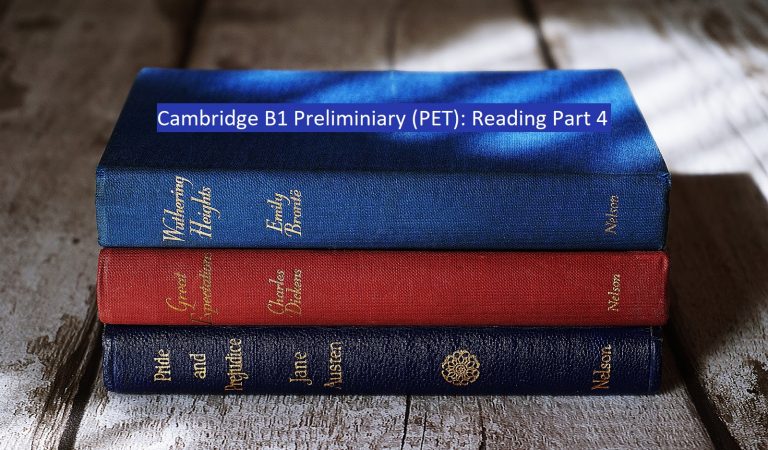
yeah thanks Phil🥰😍🩷👍